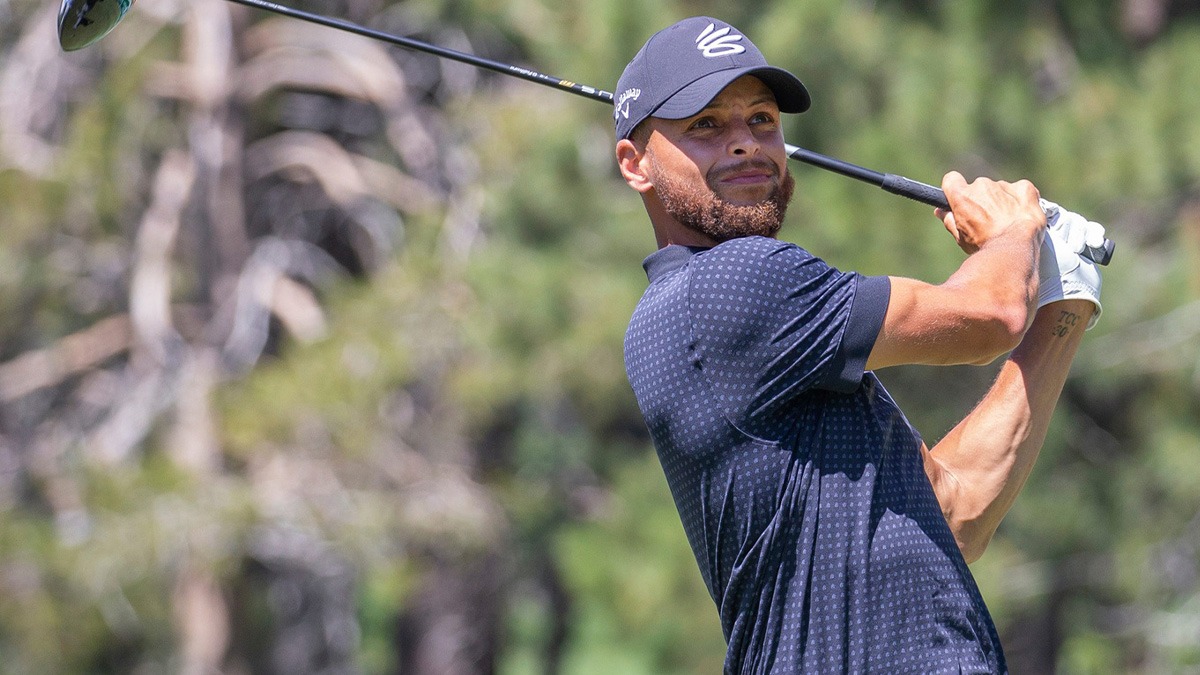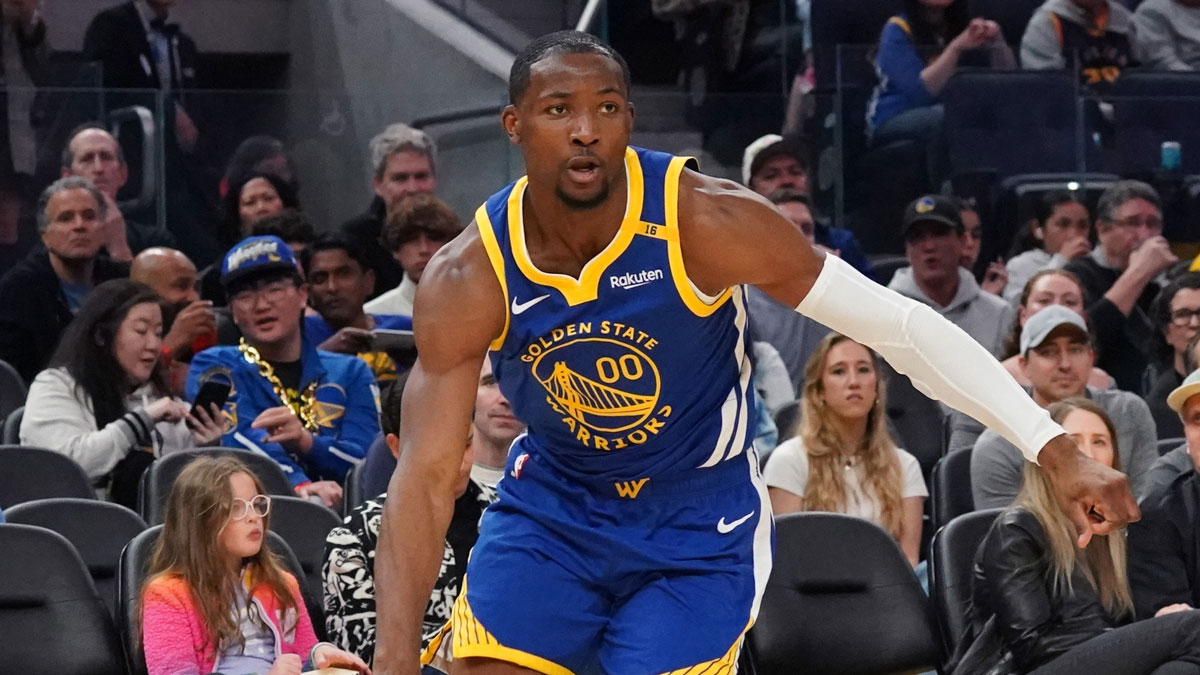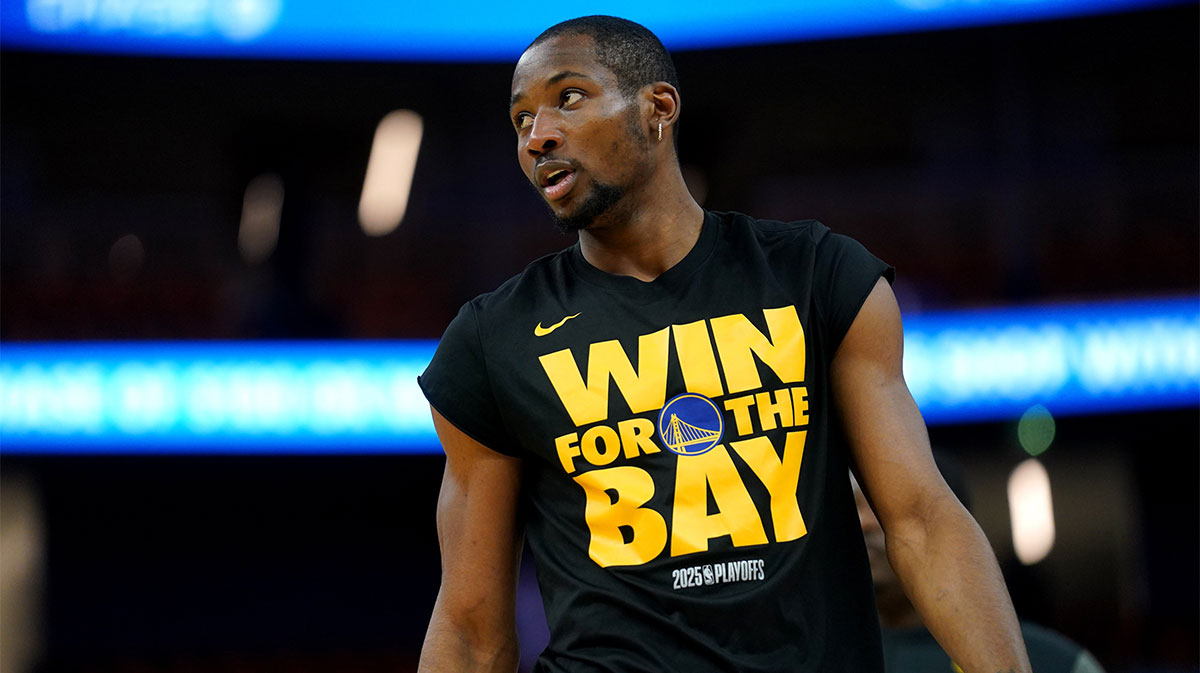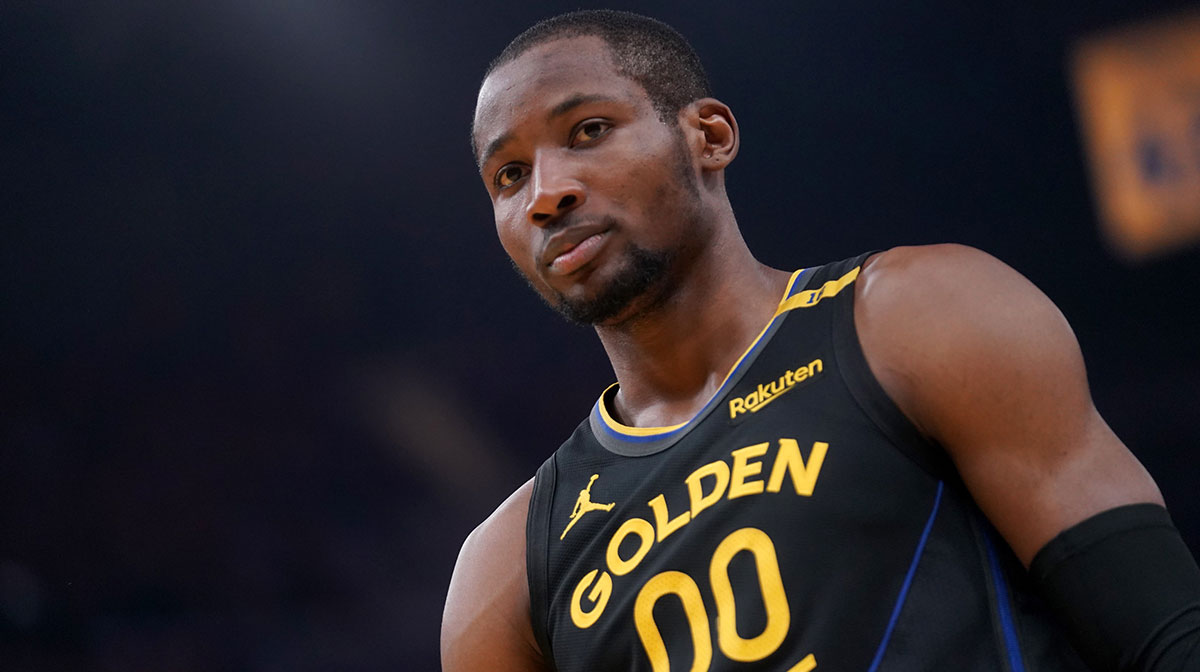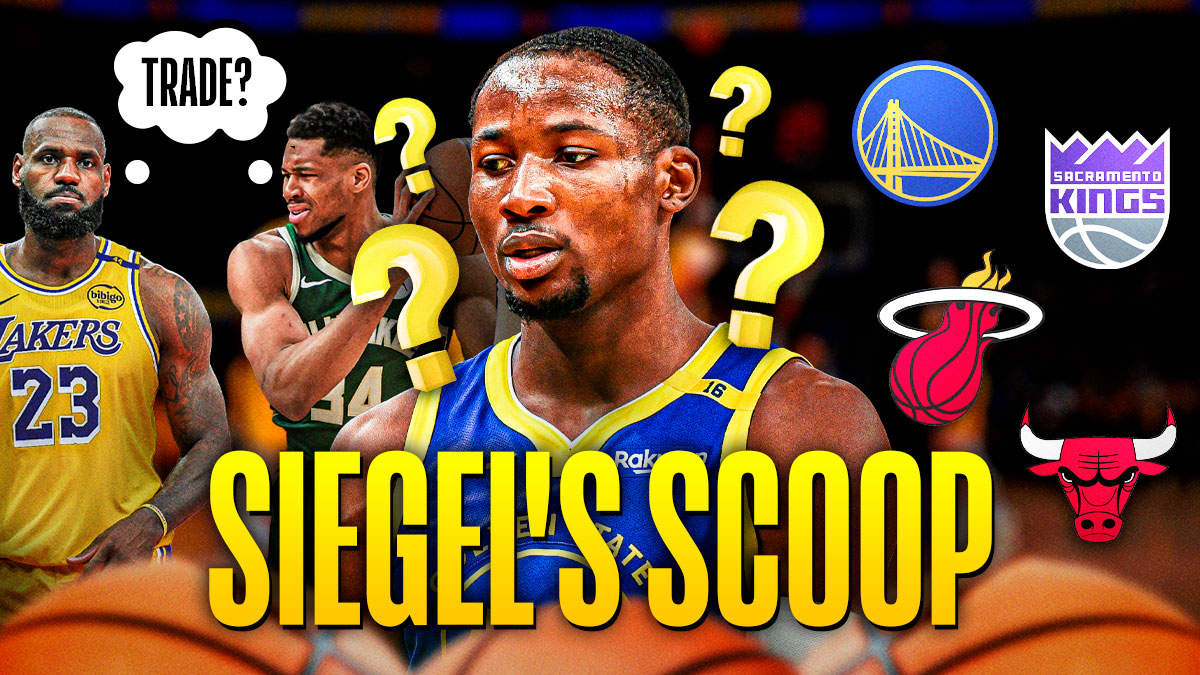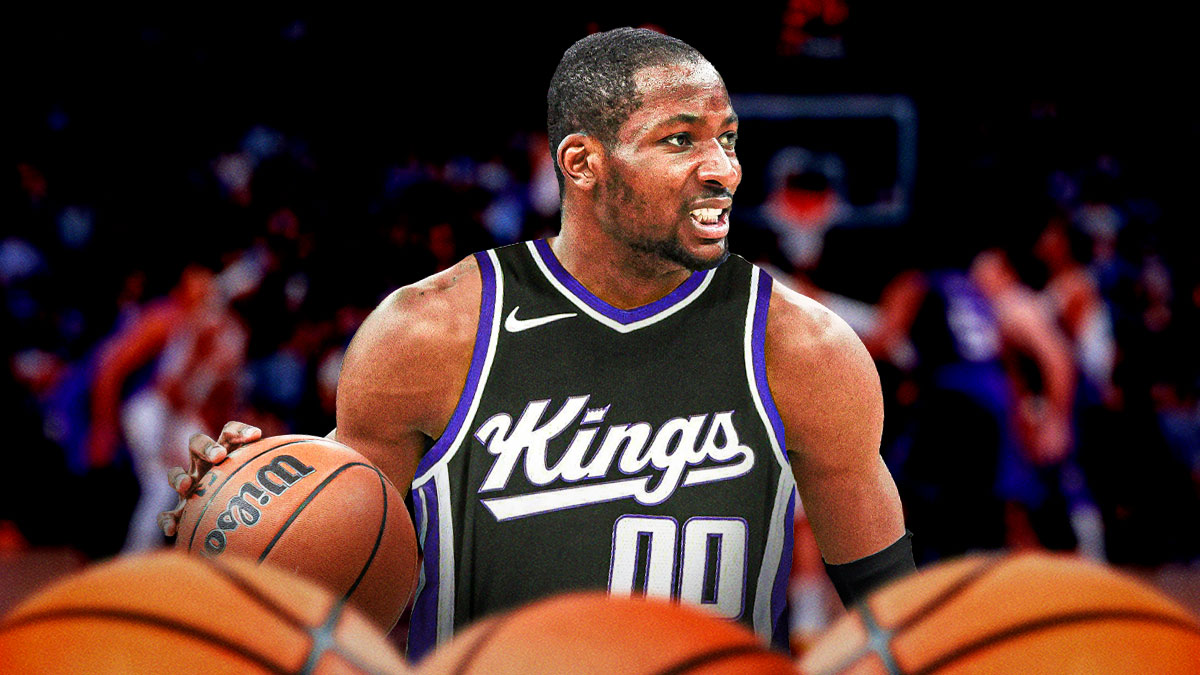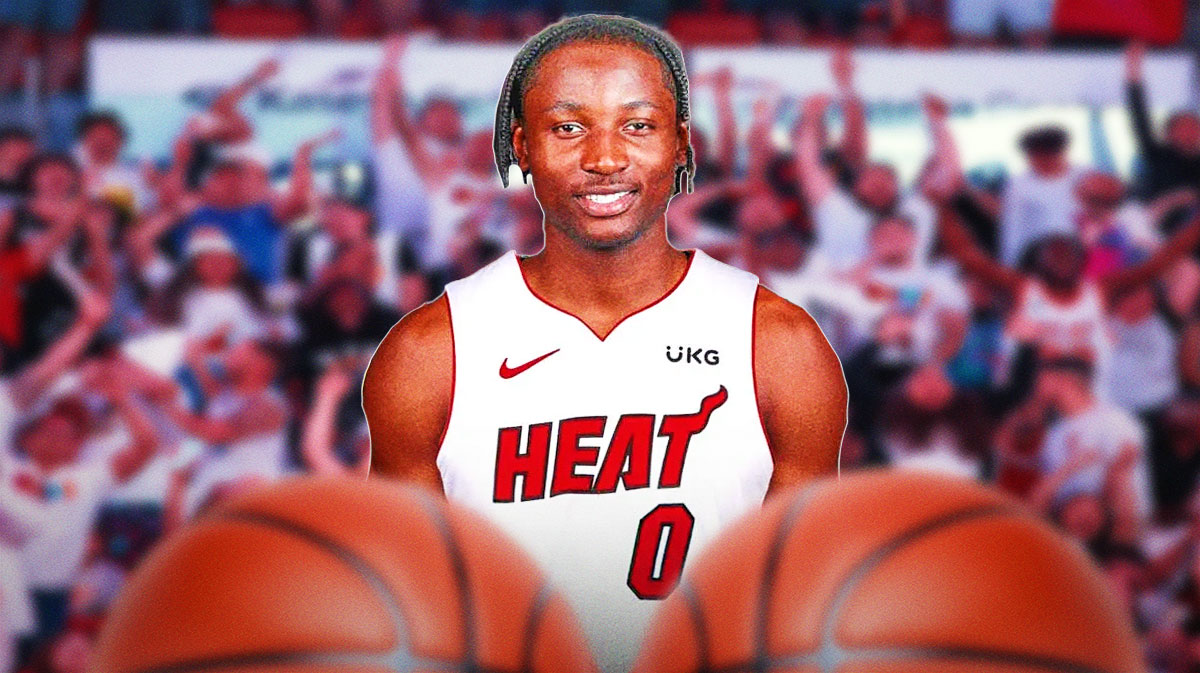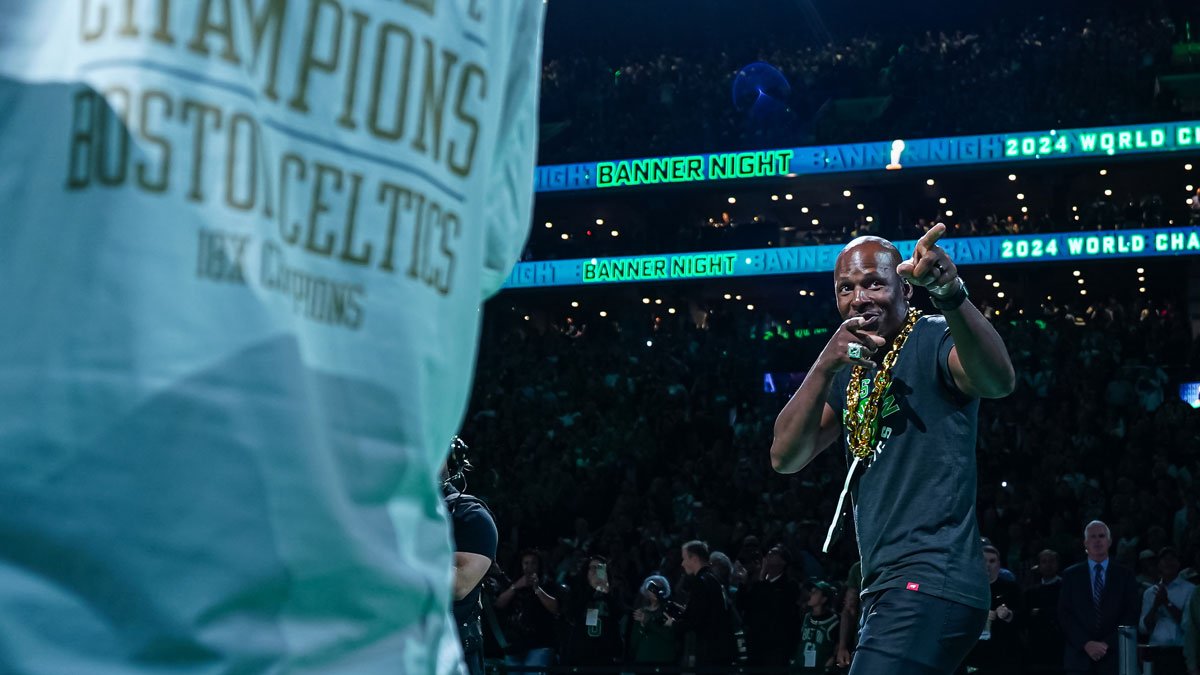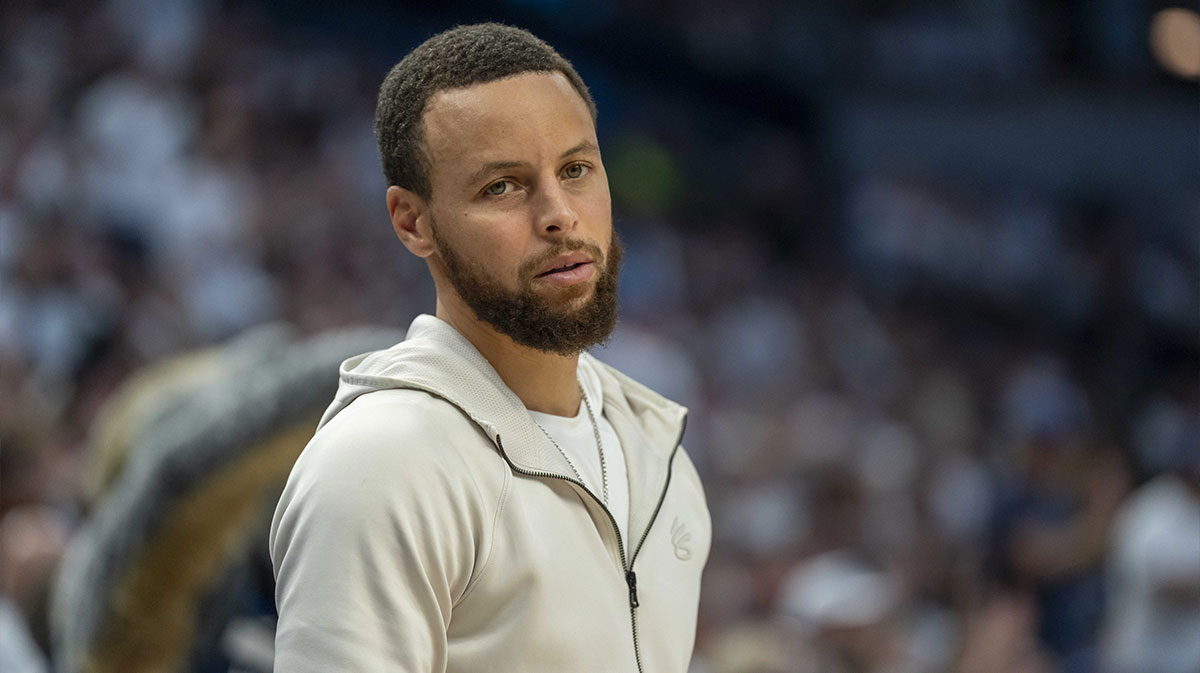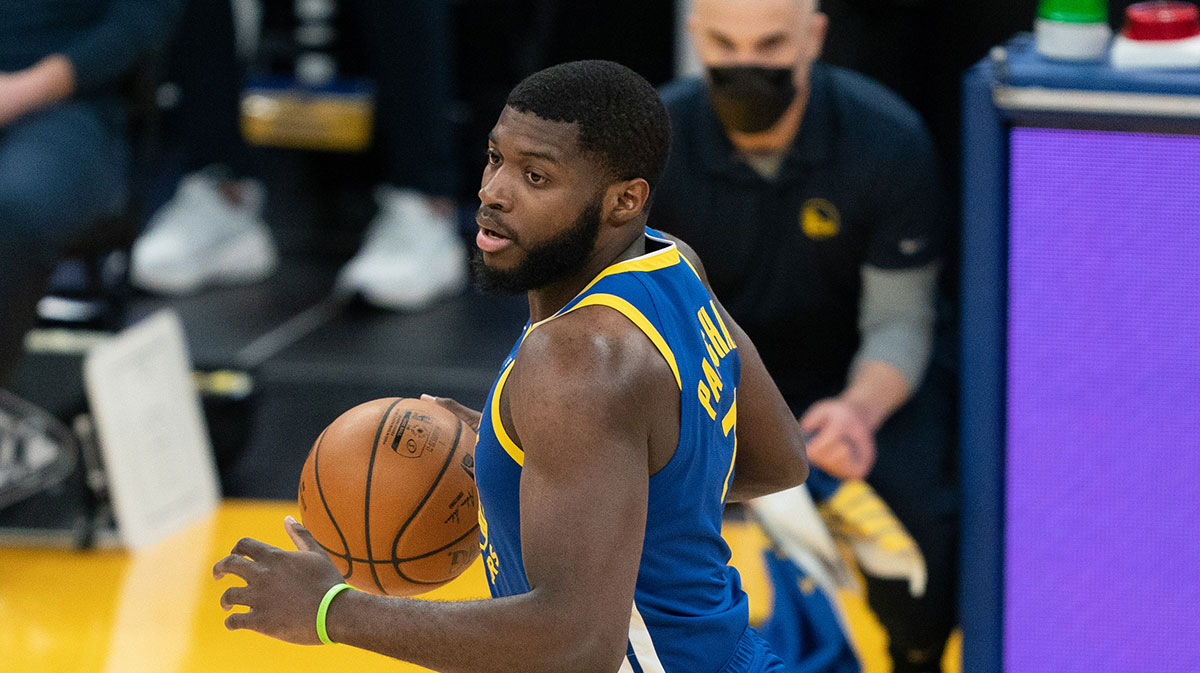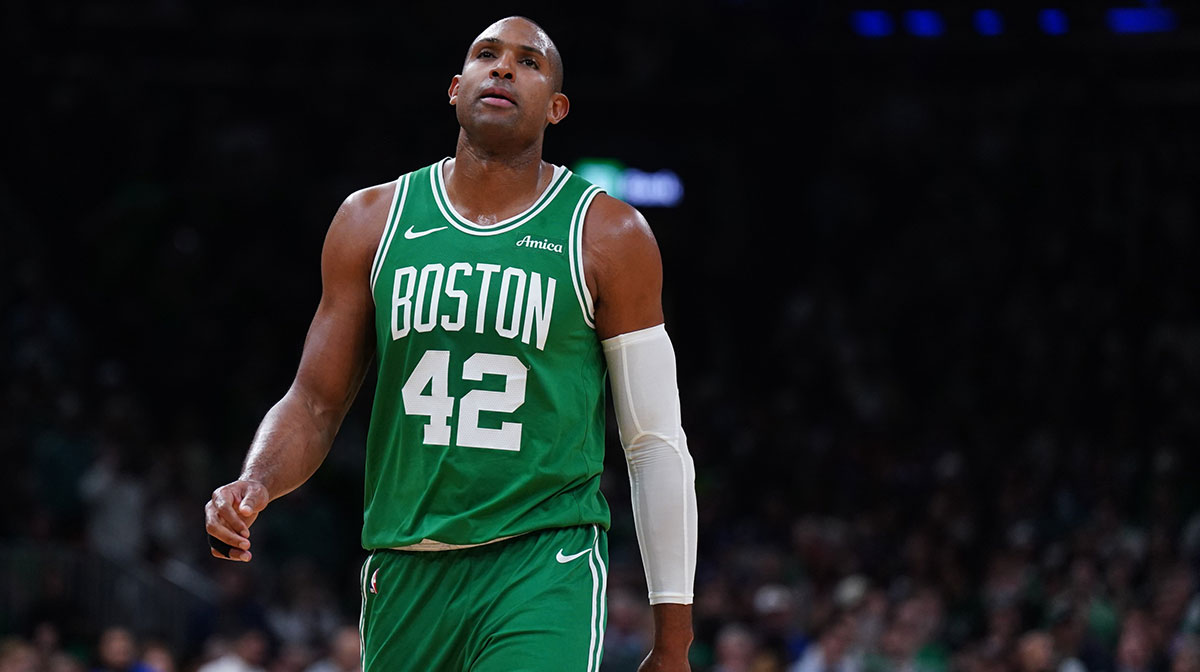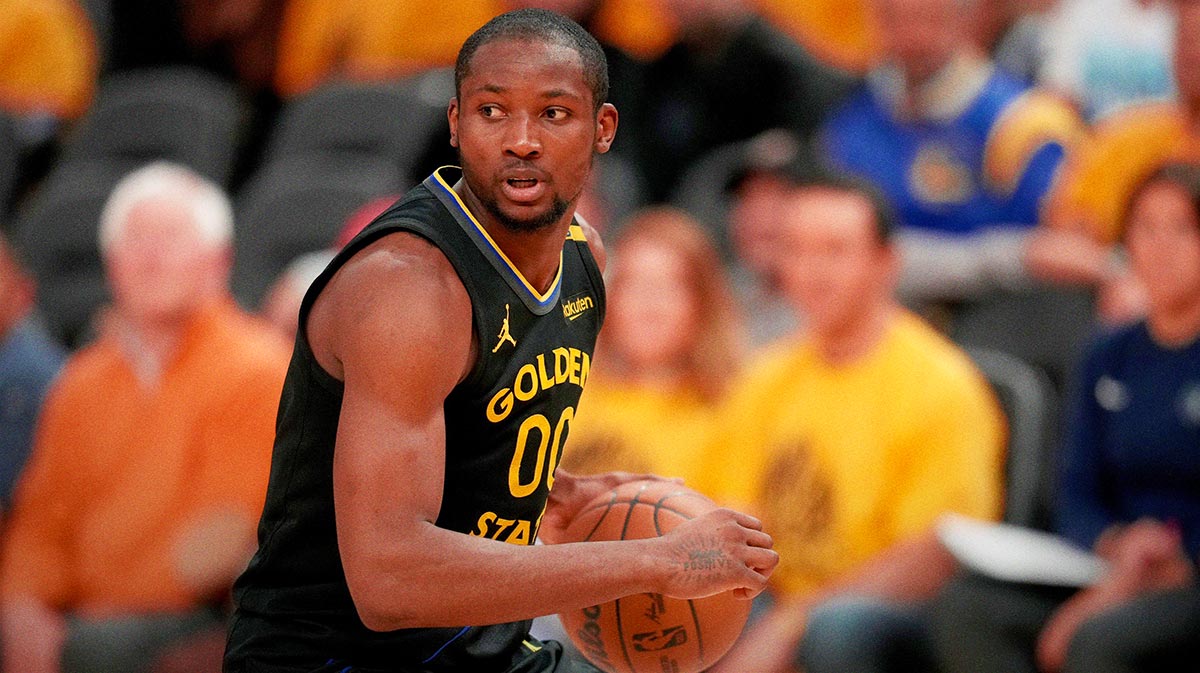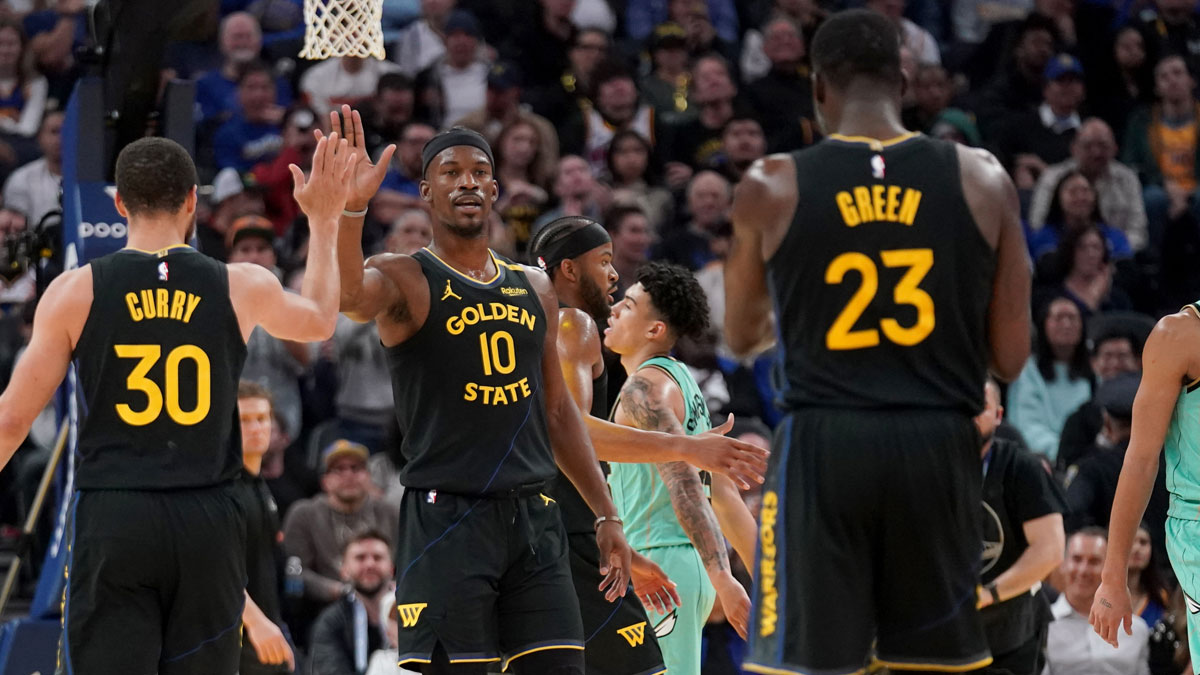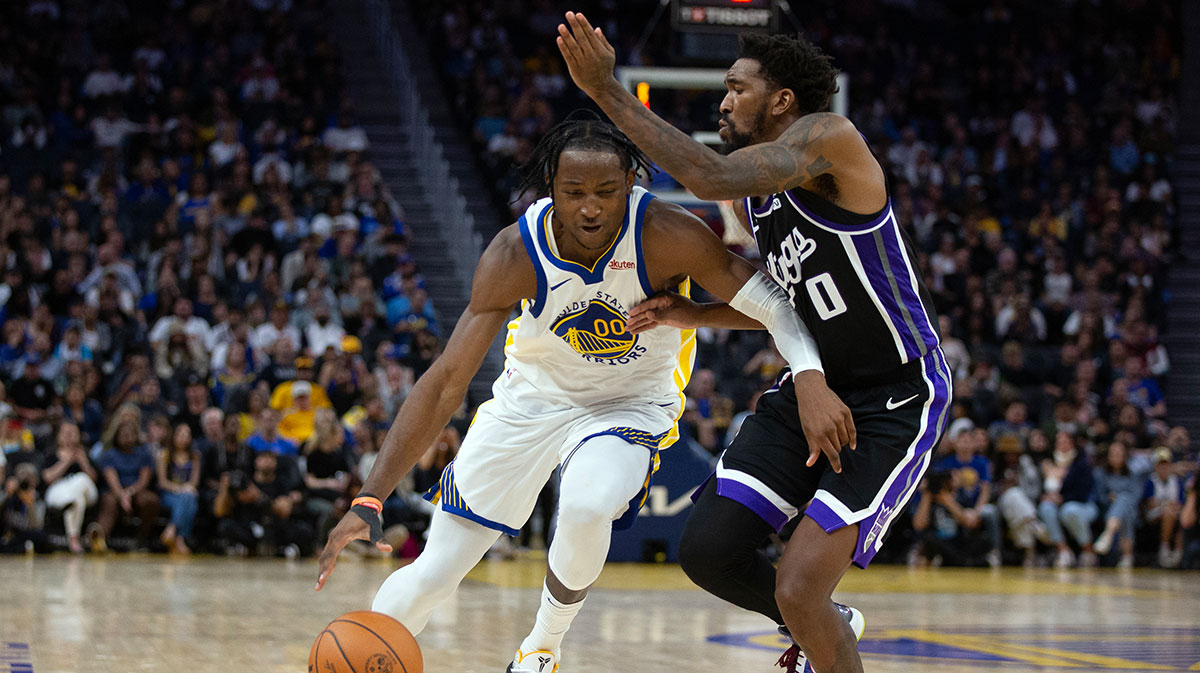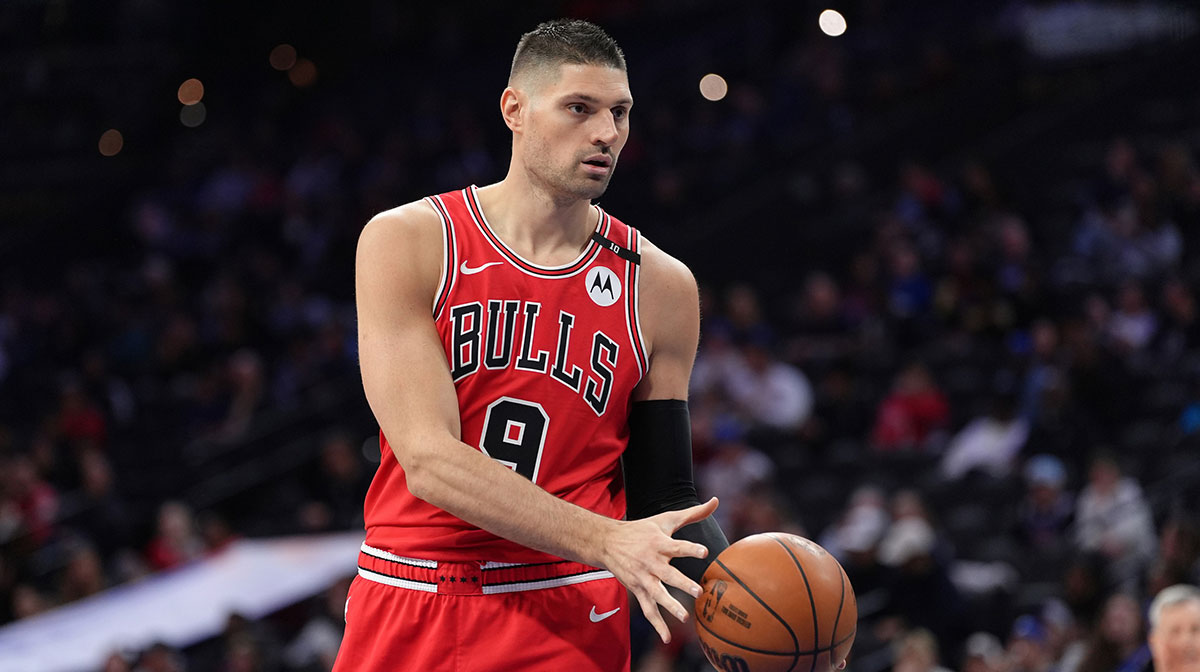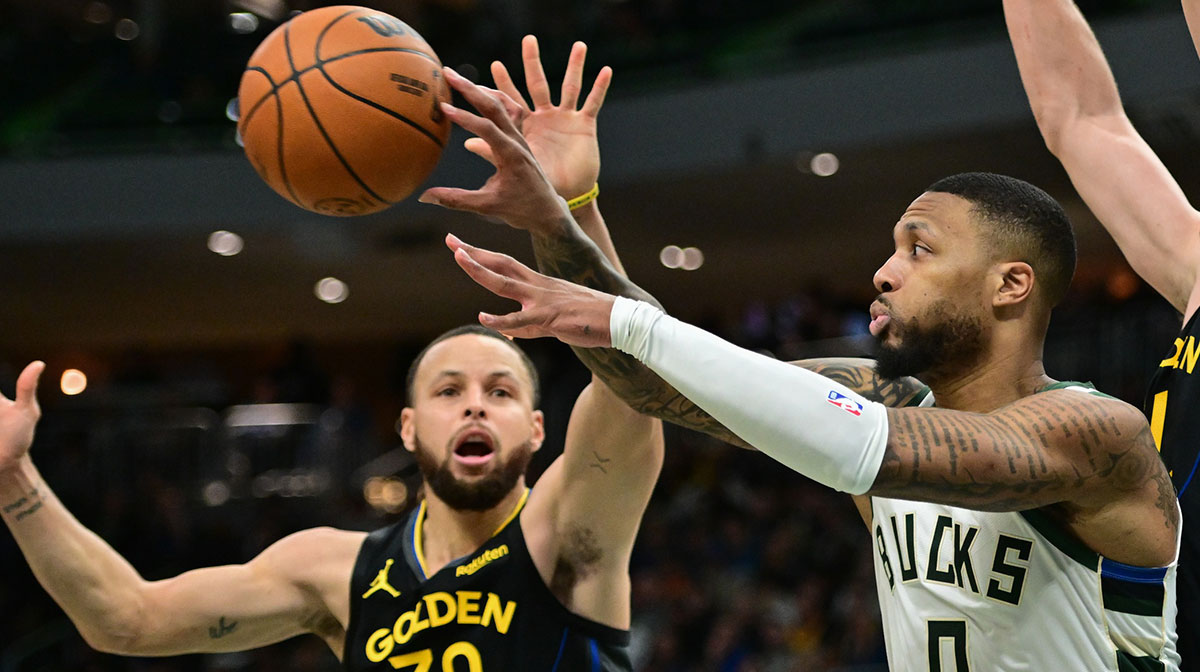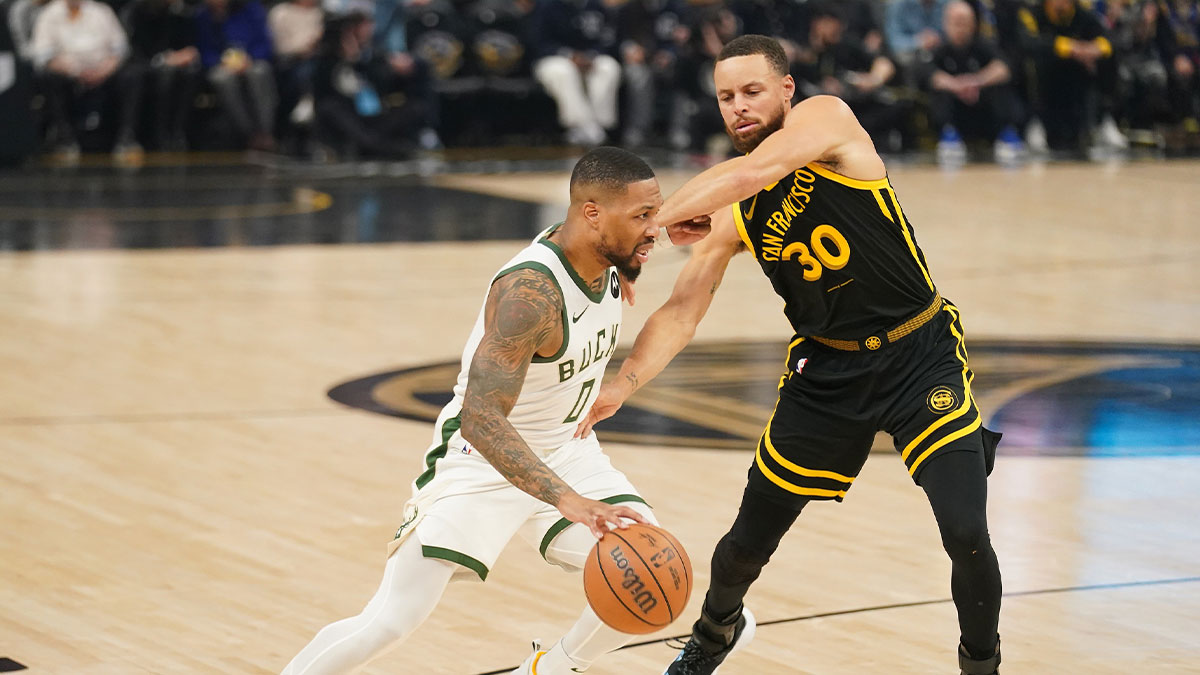During the summer of 2014, the Golden State Warriors found themselves at a crossroads. While the Warriors were a team on the rise, they flirted with a blockbuster trade that would have changed everything: Klay Thompson for Kevin Love.
Ultimately, it would require the intervention of NBA legend Jerry West — an advisor to the team at the time — and newly installed head coach Steve Kerr to jettison the trade talks. The rest is history, as Thompson then played a key role in the latest NBA dynasty, with five straight NBA Finals runs and three championships.
The decision to keep Thompson was not only significant because of its reputation as a tantalizing what-if scenario in league history, but because it marked the first bookend for this dynasty that reshaped the NBA. Last Thursday’s announcement that Thompson had suffered a season-ending Achilles injury provided us the bookend marking the end of their run.
Despite initial reports that the guard is expected to make a full recovery following surgery, the extent of the damage is unfortunately not limited to the injured tendon. Having missed all of the 2019-2020 season due to a torn ACL in his left knee that occurred during the 2019 NBA Finals, the second injury means that Thompson will have missed a minimum of two seasons of playing time. That it will come during a span in which the guard would have been enjoying the prime of his career, having turned 30 years old in February, makes it even more devastating.

Yet the larger question for the Warriors will be what type of player Thompson will be upon his return in 2022. While he will likely retain the deadly accuracy and quick release that make him and Curry the greatest shooting backcourt in the history of the league, it is just as probable that he will be robbed of the foot speed and lateral movement that has been an anchor Golden State’s stifling perimeter defense.
Consider the effect Klay Thompson had in the 2015-2016 season, a year before the arrival of Kevin Durant, and the type of team the Warriors would have tried to recreate this season on their way back to contention.
Operating in the 79th percentile of all defenders in half-court sets, according to Synergy Sports, Thompson excelled at ducking under screens and positioning himself so that his 6-foot-7 wingspan denied ball handlers a lane to the rim. In maintaining the type of spatial awareness that makes him so deadly on offense to the defensive side of the ball, the guard also boasted the athletic ability to fight back over a pick quickly enough to contest any potential jump shot. Though he may not have always been in position to smother shooters, he was able to affect the field goal attempt just enough to reduce its effectiveness. All told, any set in which the ball handler finished the play that saw Thompson as the primary defender ended with less than a point per possession, an elite rate for even members of the All-Defensive First Team, per Synergy.
Left with few viable options in attacking Thompson, teams would often attempt uptempo action, trying to force him into an early switch onto a bigger roll man who could generate momentum and bulldoze his way toward the basket. While Klay would at times struggle in these situations, he also boasted enough upper-body strength to hang with all but the league’s biggest players, regularly taking as his primary assignment the task of guarding LeBron James during their teams’ Finals matchups, as an example. However, even when Thompson did find himself outmuscled, the Warriors proved adept at operating like a chain and rotating help from the weak side when one particular link looked vulnerable.
This is, in effect, what makes the loss of Klay Thompson so devastating to the Warriors as they hoped to mount another run. It’s not simply that Thompson was a key link holding it all together, but that the rest of the chain isn't as strong as it used to be, unable to cover a break should it occur.
Though he remains the team’s best defender, Draymond Green's instincts that so often drove the rotations and suffocated offenses have been met by slower legs not quite up to the task the way they once were. While he remains an above-average defender, it’s clear by the eye test that his body has begun to lose its ability to respond to those instincts with quite the same ferociousness as he was once able to muster.

With the same being true for Curry — who was always a better defender than most gave him credit for being — the Warriors will now be forced to turn to James Wiseman, Kelly Oubre Jr, and Andrew Wiggins to play major roles. Despite the young trio possessing undeniable talent, they also come with an assortment of baggage that will require heavy management on the part of Kerr.
In being drafted second overall just a week ago, Wiseman will likely be looked upon to carry a big load. Without Klay’s ability to thrive in no-man’s land between picks, the Warriors will have their wings aggressively chase shooters off the 3-point line, funneling them toward Wiseman, who they hope can corral them with the shot-blocking skills for which he has become so renowned. While the center’s raw athletic ability and high basketball IQ will ideally make up some of the ground the team is losing with Thompson's injury, relying on such a young rookie to make a big impact defensively is unfair.
Furthermore, Wiseman’s limitations on offense will present a potential obstacle when piecing together the rotation for Kerr. Still developing a jumper, the center has become reliant on outlet passes in transition to rack up easy points, while he is often relegated to the dunker’s spot in half-court sets, with the offense moving around him. Though it wouldn’t be surprising to see him mature into a more well-rounded threat scoring the basketball, his present MO does seem to necessitate moving Draymond out to the corners along the perimeter when they share the floor together. This is a less-than-ideal spot for Green following several years of shooting trouble.
The organization’s recent acquisitions similarly present a difficult fit in the absence of Klay Thompson.
Acquired hours after the official announcement of Klay’s injury, Oubre would seem to slide into the second guard spot nicely next to Curry, thanks to his superb cutting ability and solid 3-point shooting. The issue for the former Sun, however, is his penchant for falling behind plays on off-ball defensive assignments. Whether it’s a slip in concentration or because he is ball watching, Oubre struggles with team defense concepts and is only bailed out at times by his raw athleticism in gaining a late block or timely steal once the play breaks down.

Throw into the mix Wiggins — whose potential is stymied by his lackadaisical approach and limited offensive skill set — and Golden State is confronted with a roster with flaws that can no longer be as easily masked by the sheer talent at the top.
This isn’t to say that the Warriors retain no hope of being competitive this season. On the contrary, a vast majority of teams in the league are forced to operate with imperfect rosters and lineups that leave them exposed on one side of the floor or the other. What this does expose, however, is the safety net Thompson’s presence provided in the proverbial chain, which mitigated imbalances elsewhere.
As Jerry West told Warriors brass during that fateful offseason in 2014, Klay Thompson’s ability to defend made him essential to any championship hopes they would have. Three title runs later, he remains just as essential.

